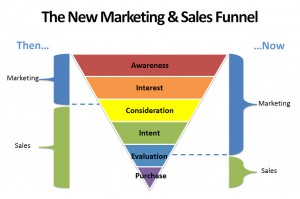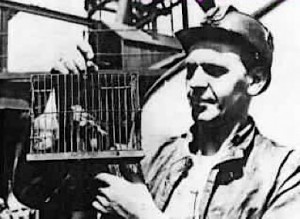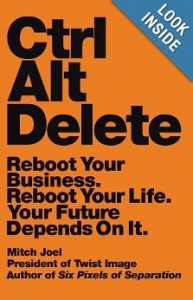Increase Sales: Turn your “Sales Bucket” into a “Marketing and Sales Funnel” That Generates Revenue

In my last post I shared what CEO’s and business owners often share about sales: Why can’t it be more predictable, more systematic? The good news is it can. The unfortunate thing is most companies believe they have a marketing and sales funnel when in reality they have a sales bucket. A “sales bucket” is when all your opportunities, prospects and leads are all floating around together and many dying because you lack a process to help them buy. In a sales bucket opportunities that should become sales make a big splash when they enter your system but fail to leak out the bottom as a sale. In this post I will share how I have helped companies turn their sales buckets into revenue generating marketing and sales funnel generating revenue on a consistent and predictable basis.
When I hear a business leader say: What we need is a repeatable sales process. We need the sales guys to be more efficient at closing business and bringing in the revenue. What I hear them saying is : Why can’t my sales and marketing be more of a science and less of an art form? …it is too random, too unpredictable and it drives me nuts that I can’t count on the sales forecasts I am given.” These made me want to do some more research and answer the question: What is science?
At its very foundation science seeks to identify patterns. Through identifying and watching patterns, scientists uncover laws that are ultimately translated into math equations. These patterns follow one of two interwoven features; physical laws and environmental influences. With the common pattern of as high as 96% of leads going unsold…what is the pattern and what can we do to improve?
For companies who lack a marketing and sales funnel over the years the current market has only made this problem even worse. It used to be, back in the day, back when sales was the “keeper of the keys of product information” , marketing just had to dump prospects and leads into the top of the funnel and sales was responsible for pulling them through to a sale. The funnel and the function of the funnel changed as Steve Patrizi points out here. Today buyers are more informed and as much as 60%-80% of the buying process is over before they contact you. I read an article recently that shared the most important number in B2B marketing is 60%.
What does this figure mean for Marketing?
- 60% … This is no man’s land: a gap in the purchasing funnel that neither commercial function currently addresses.
- The 60% mark is in that part of the mid-funnel that is critical in terms of driving the buyers’ consideration of a supplier for a potential purchase.
- 60% also means trying to build a dialogue with customers without having the advantage of a Sales rep’s one-on-one commercial interaction.
- Finally, 60% means moving beyond the “qualified lead” mindset. In essence, once we have moved past the early stages of the funnel, we need a strategy for persuasion and attention-grabbing mechanisms.
Our job today becomes understanding how buyers buy, what common problems do they have, and turn our sales bucket into a slippery marketing and sales funnel that helps buyers buy. So how do we do that? What have I seen work? Below is the process I have used to help take the art out of sales and make it a much more predictable, forecast able, outcome.
- Establish a common language – what does your team mean by a; Prospect, Inquiry, Opportunity, Lead?
- Go into your market, ideally on four legged sales calls and clearly understand how your buyers buy and the criteria they need to make buying decisions.
- Identify market truth’s
- Map Buying journey
- Create a marketing funnel that helps buyers buy
- Stop the “sales insanity” and map a repeatable sales process that turns leads to sales
- constantly sense and refine, adjust , be agile as your buyers change their processes change with them
- Measure, measure, measure…
- identify “the canary in your coal mine”, your lead to close %
- Nurture your leads, improve your lead to close % by helping them slide through the funnel with what they need when they need it.
Do you have a sales bucket with opportunities that should become sales (leads you paid good money for already) dying?
Do you know why buyers buy from you and why they don’t?
What do your buyers need today to make buying decisions?
Do your sales people have the right sales tools to make the sales funnel slippery or is buying from you like sliding down a sliding board lined with sand paper and splinters?












